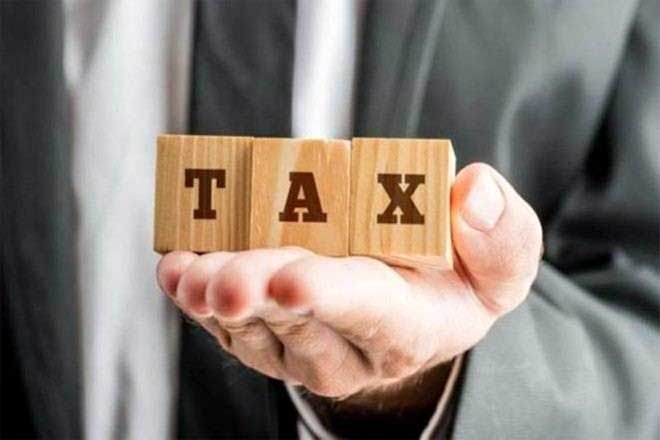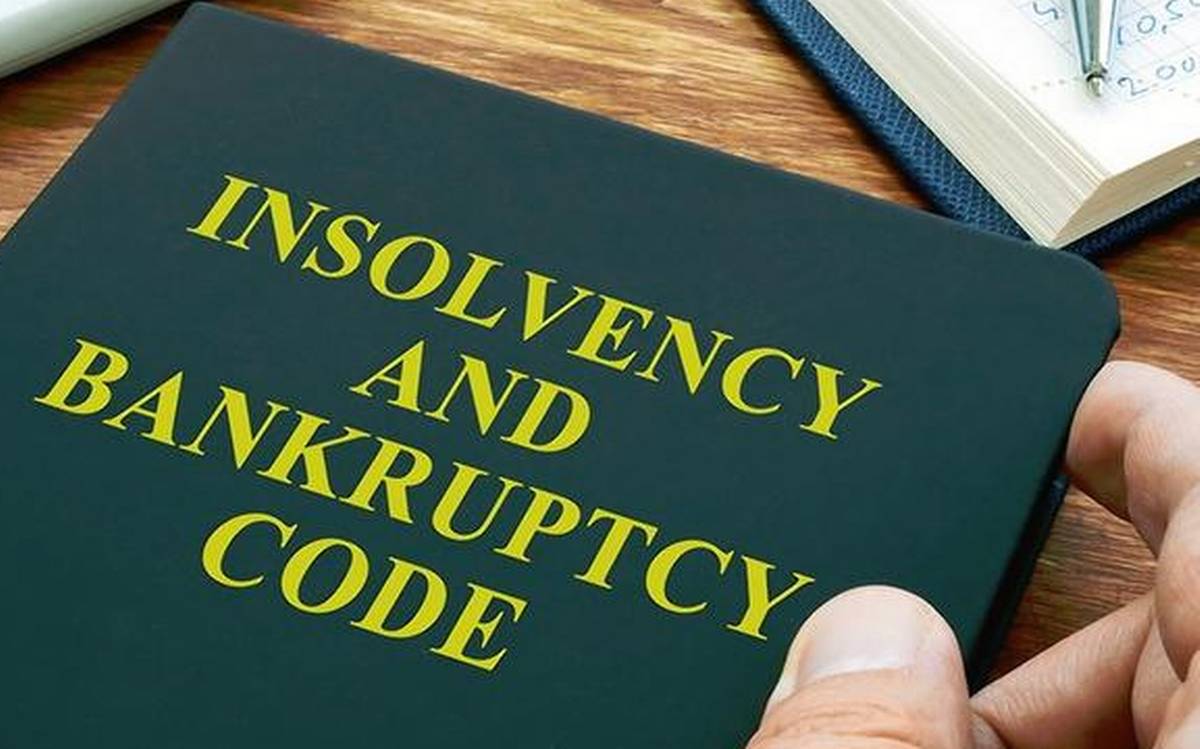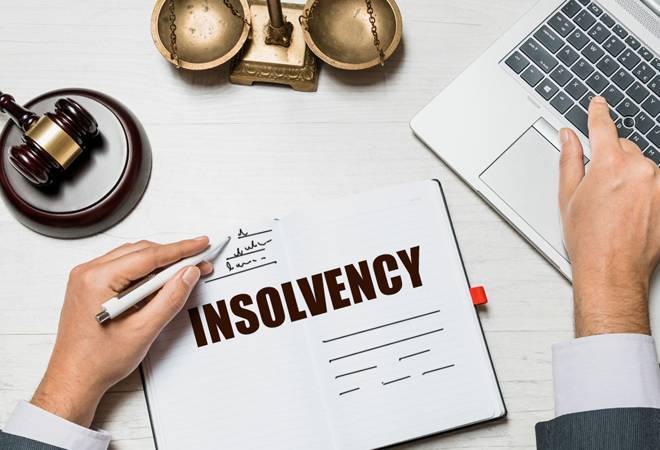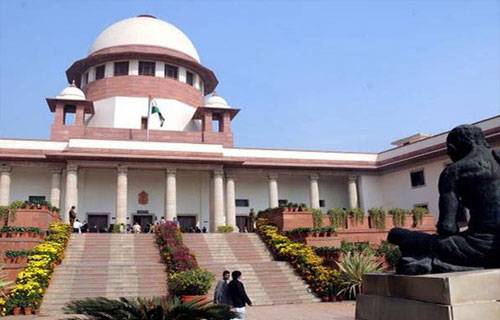
The Imposition of Tax on REIT/INVIT Under Finance Act 2020
Real Estate Investment Trusts and Infrastructure Investment Trusts are rapidly growing investment vehicles that allow developers to monetize revenue-generating real estate and infrastructure assets while also allowing unitholders to participate without owning the assets.
The Indian real estate sector has long campaigned for the creation of “Real Estate Investment Trusts (hereinafter REITs)” and “Infrastructure Investment Trusts (IITs)” (hence InvITs). Although these industry launches were originally permitted a few years ago, their popularity has waned because of the ambiguity surrounding the tax legality of all pass-through transfers. REIT may be defined as a sort of mutual fund that enables investors to invest in real estate.
A real estate investment trust (REIT) is a firm that receives money from interested investors and invests it in real estate projects. InvITs, on the other hand, vary from REITs in that the majority of willing investors often participate in capital investments with a long gestation period.
They are collectively known as “Business Trusts,” and they have enormous potential to aid the government in accomplishing one of the country’s large infrastructure expansion goals while also encouraging the country’s commercial real estate market to improve.
Dividends (received by unitholders of REITs and InvITs) were not subject to tax prior to the approval of the Finance Bill tabled in Lok Sabha. The Finance Minister, Ms. Nirmala Sitharaman, released the Union Budget for the years 2020-2021 and requested several changes. For the fiscal year 2021, the Bill tabled in the Lok Sabha comprised many budgetary and taxation-related suggestions to change the Income-tax Act, 1961 (“Income-tax Act”).
Following the passage of the bill, the government decided to tax profits received by unitholders in REITs and InvITs, jeopardizing the developers’ and road-to-port the builders’ intentions to collect all money from such instruments. It may as well had been a tax policy enforced, but the dividend distribution tax was eliminated in Budget 2020-21, putting the burden of proof on the holders.
Although tax-free SPVs and trusts will remain, unitholders of InvITs and REITs will no longer be exempt. They will also be subjected to be taxed at the applicable income tax rate for the dividend income under the finance act 2020.
Upon the bill’s ratification, there was some unanimity on the fairness of the taxation policy imposed on dividend unitholders, and some remained unaffected by the adjustment in the taxation policy since it was not a major problem and was not unreasonable given that the government had already decreased the corporate tax rate. The aim behind such imposition seems to be convincing as it was to apply one advantage – either exempt the dividends or offer a lower corporate tax rate to the SPVs.
The imposition of tax responsibility on REITs and InvITs, like two sides of a coin, has its own set of benefits and downsides. The idea in the Union Budget to tax the profits obtained in the hands of unitholders/investors was developed after studying the chances of imposing the tax and taking into account the views addressed by real estate industry authorities.
It would have a detrimental effect on the potential of InvITs and REITs, as a budget choice would go against the government’s immediate efforts. This was done to entice InvITs and REITs to give some tax certainty to long-term infrastructure developers. The introduction of the tax, on the other hand, contributes to the uncertainty among international/foreign investors who are skeptical of India’s tax regime’s stability and will be irreversibly hurt by the tax regime’s unpredictability.
The government’s proposed/passed reforms, as well as the application of a tax on dividends earned by REIT and InvIT unitholders, seem to have a significant influence on the business trust’s future potential in one way or another. Nevertheless, the appeal of these structures remains unresolved following a comparative review of the revisions.
Tags: finance bill 2020, reit taxation, the finance act 2020, tax on reit, 2020 finance act, reit tax benefits, finance act 2020, reit dividend tax, finance act 2020 summary









